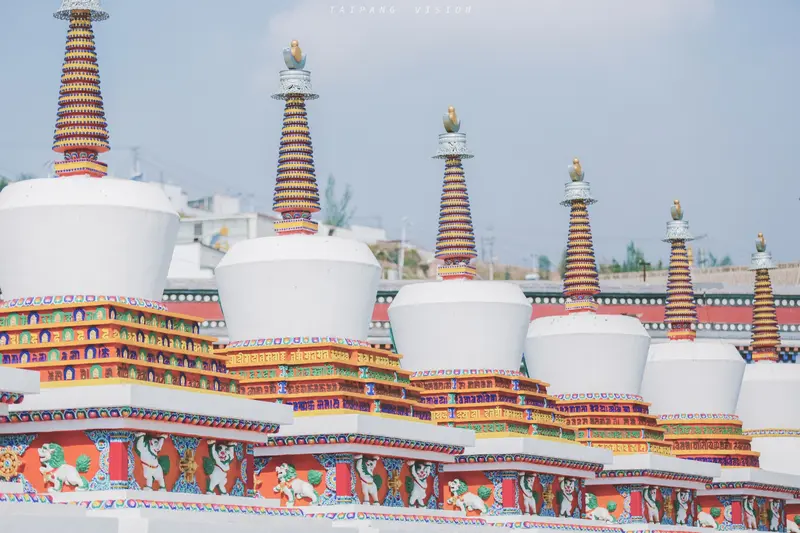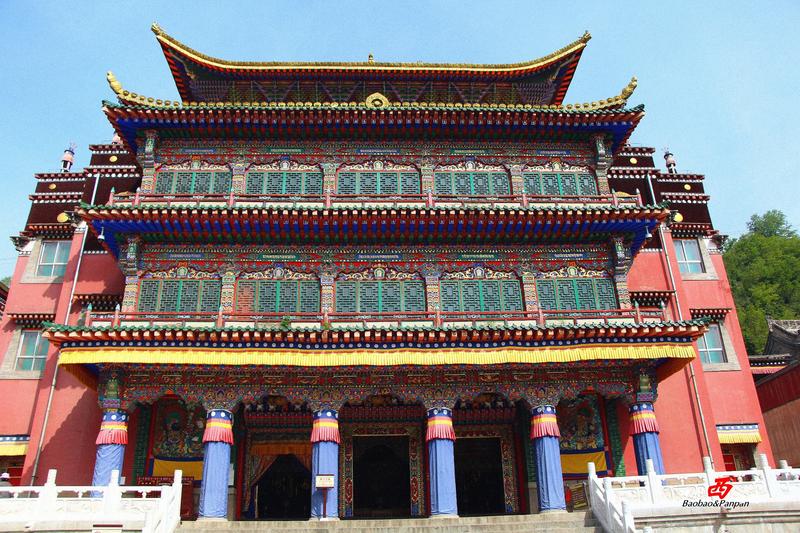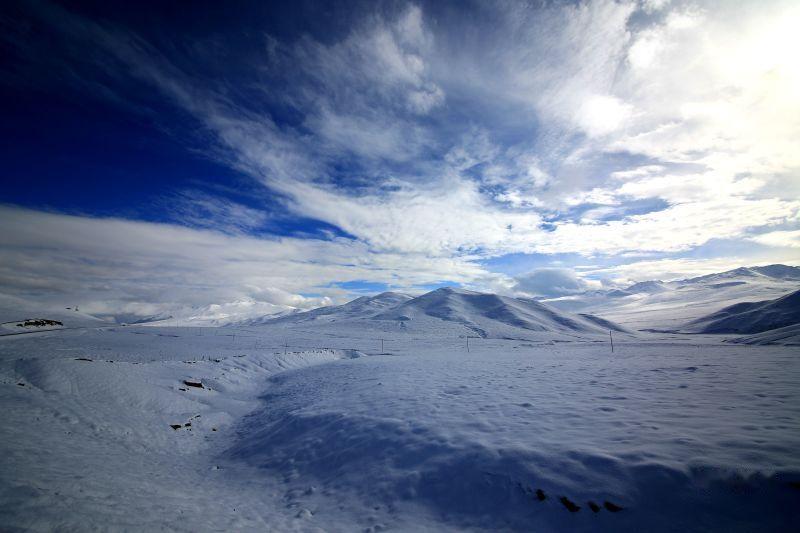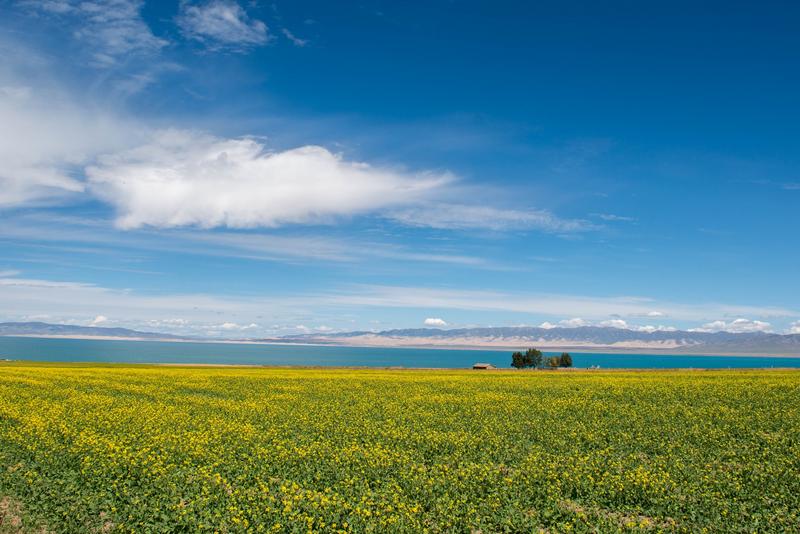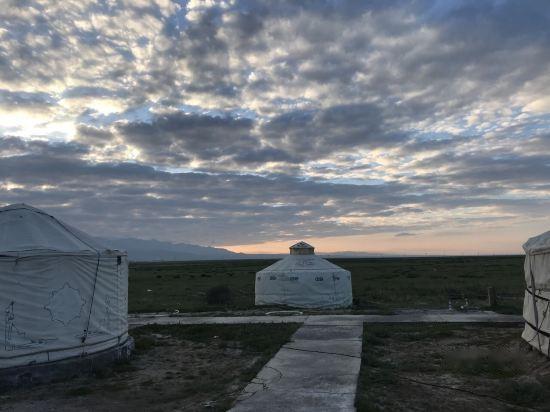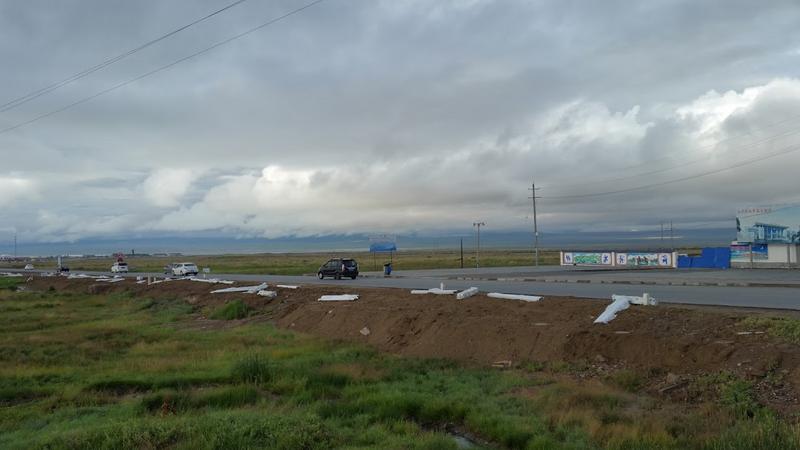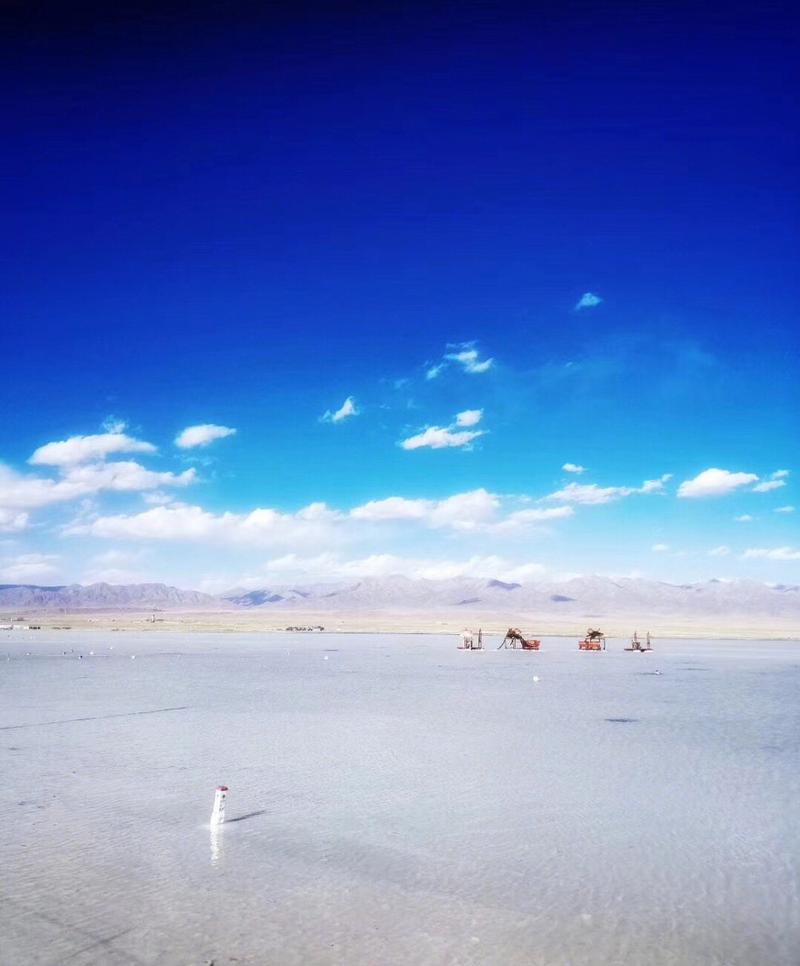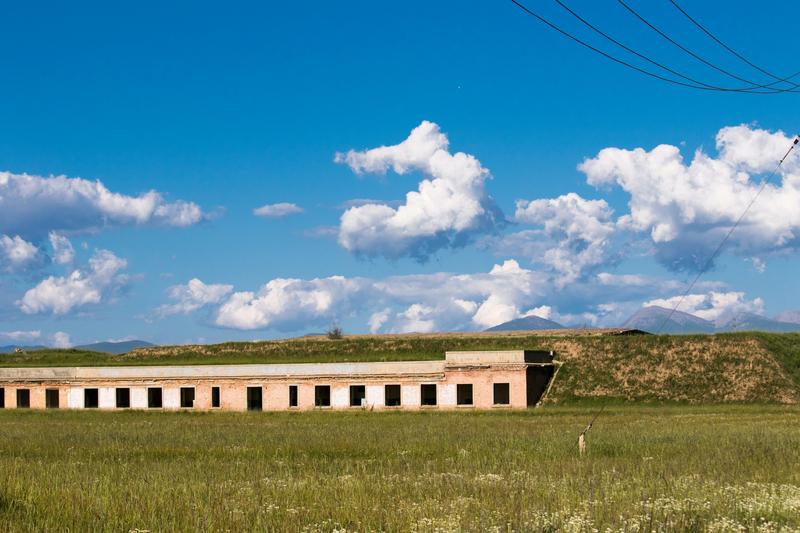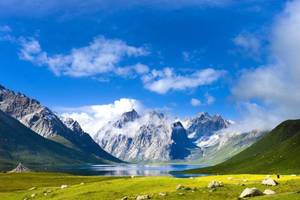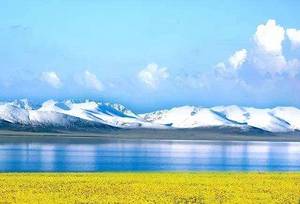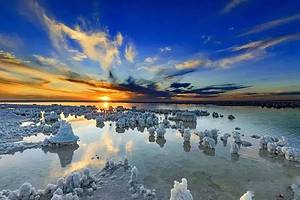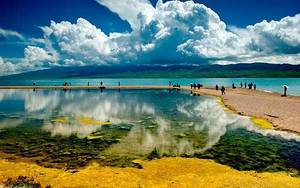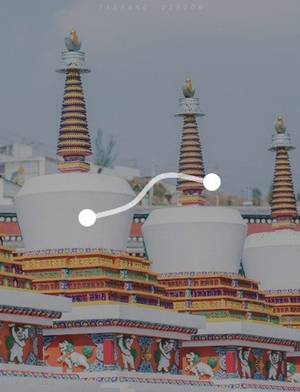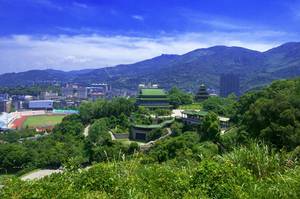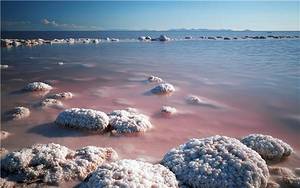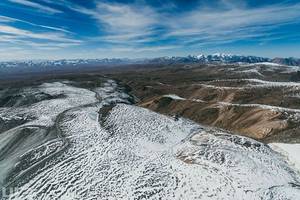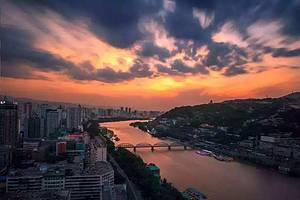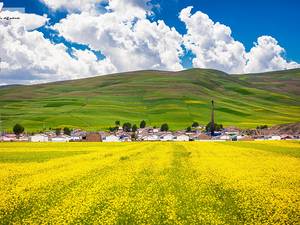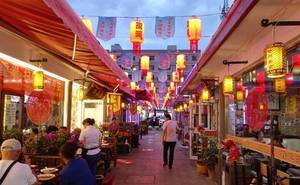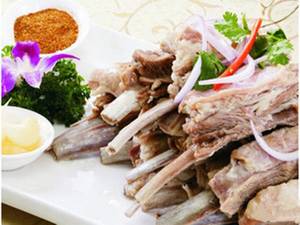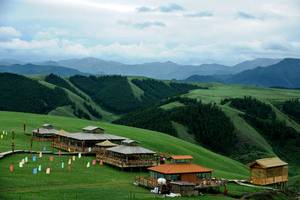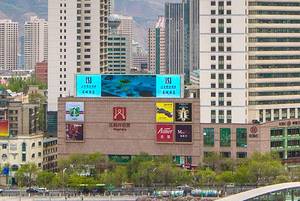Three classic tourist routes in Qinghai:
5 cities |
13 attraction(s) |
total distance 542
km
 TIPS
TIPS
Day1
Day2
Day1: Xining > Hainan > Haixi
8 attraction(s) ·
296 km
1
Ta'er Temple is one of the six major monasteries of Gelug school of Tibetan Buddhism, and is also the birthplace of the second largest Buddhist sect in the world, the Master Kaba. Named after the tower that was built before the temple, it has a history of more than 600 years and is a popular tourist attraction in Xining. The temple's magnificent architecture and rich treasures, as well as its strong religious atmosphere, allow visitors to experience a deep sense of spirituality. The carving of butter flowers is vivid, the murals are colorful, and the colorful embroidery is known as the "three wonders of Ta'er Temple art". In addition, the temple also houses a large collection of Buddhist scriptures and academic works on history, literature, philosophy, medicine, law, etc.
1
km
2
Tashi Lhunpo Monastery is known as the "Three Marvels of Art", which includes butter sculpture, murals, and embroidered tapestries. Butter sculpture is a special craft created by the artistic monks of the monastery. It takes various forms and covers a wide range of subjects. According to the belief of the Tibetan people, offering butter sculptures to Buddhas, Bodhisattvas, and protectors can bring relief from disasters, increase fortune, and pray for happiness and great merit, as well as accelerate the path of spiritual practice. Since 1409, every year on the fifteenth day of the first lunar month, Tashi Lhunpo Monastery holds a grand exhibition of butter sculptures, continuing this tradition to this day.
26
km
3
La Ji mountain, also known as La Ji Shan, is located in Gende County, Hainan Prefecture, Qinghai Province. In Tibetan, it is called "Gongmao La", which means a place where stone chickens (pika) inhabit. The highest peak of La Ji mountain is 4524 meters above sea level. La Ji mountain is the boundary between Huangzhong and Gende, as well as the boundary between the Loess Plateau and the Qinghai-Tibet Plateau. The geographical location of the mountain pass of La Ji mountain is important, as the Ningguo Highway passes through it and there is also a road leading to Huangyuan on the south side of the mountain pass. The north slope of La Ji mountain is steep, with many exposed rocks. Apart from the summer season, the mountainside is often covered with white snow. The south slope is gentle and covered with grasslands, making it a highland pasture. The mountain produces famous cordyceps sinensis. Due to the high altitude, the mountain has a variety of climate types, so when driving to the mountain pass, one can experience various climate landscapes such as rain, snow, fog, mist, shade, sunshine, and hail within a day. The grassland on the Red Shan mouth grassland is gently sloping and lush with water and grass. Every summer, the slopes are covered in green grass and colorful flowers.
57
km
4
Located on the boundary between the monsoon and non-monsoon regions of China, Riyue Mountain is a natural boundary between the internal and external river basins of Qinghai Province. The mountain is red in color and was known as the "red ridge" in ancient times, while in Tibetan and Mongolian, it means the sun and the moon. It is said that Princess Wencheng threw a treasure mirror on two small mountains, with the east side reflecting the sunset and the west side reflecting the rising moon, thus giving Riyue Mountain its name. The scenery on the eastern side of Riyue Mountain is like that of Jiangnan, while the western side is a grassland where cows and sheep roam in groups, giving people a sense of the vast grassland atmosphere. The difference in scenery on both sides is extremely rare in China.
62
km
5
151 Base, located about 151 kilometers from Xining, is one of the most famous attractions in Qinghai Lake. There is also a scenic spot called Erlangjian within the area, which is named after a narrow peninsula that extends deep into the lake, resembling a sword shape. This scenic spot combines the protection of ecological natural resources with folk cultural activities, making it a unique tourist attraction in the Qinghai Lake region.
149
km
7
There is a restaurant next to the Chaka Salt Lake, which is very convenient. The beautiful girl at the front desk is super nice, and the sister who took us to the room is also very enthusiastic. She insisted on helping me with my luggage, which is great. Of course, the Mongolian yurt is not as clean as the hotel, but the standard room in this hotel is also very good, and the experience is much better than the usual Hanting or similar hotels... I want to stay in a Mongolian yurt for a unique experience.
3
km
8
The mutton soup tastes good and is very delicious. The beef noodle has a generous portion.
Day2: Haixi > Aba > Haixi > Haibei
5 attraction(s) ·
246 km
3
The taste is average, the price is slightly expensive, mainly serving Northwestern cuisine.
233
km
4
In a distant place, there is a beautiful girl... You may all be familiar with this song. Legend has it that Mr. Wang Luobin created this song after meeting the girl Zhuoma on the grasslands of Jinyintan. This was once a mysterious forbidden area, where China's first atomic and hydrogen bombs were born, and was the first nuclear weapons development base in China.
The Jinyintan grassland is located in the west of Qinghai Lake, surrounded by the Qilian Mountains in the northeast, with an average altitude of 3200 meters, and is divided into Jintan and Yintan. A small river runs through it, with golden meadows of gold lily blooming on the northern bank of Jintan, and silvery meadows of silver lily blooming on the southern bank. In the summer, wildflowers bloom, and the golden and white flowers bloom in clusters, resembling golden and silver meadows, hence the name Jinyintan grassland.
4
km
5
The Nomonhan Mountain area in Haibei Tibetan Autonomous Prefecture, Qinghai Province is one of the nuclear test sites during China's nuclear weapon research and development period. The explosion point of the atomic city bomb experiment located in this area is one of the most important places in the development of China's nuclear weapons. Several nuclear tests, including the first atomic bomb test, have been conducted here.
Entering the explosion point, you can feel a serious and mysterious atmosphere. The surroundings have witnessed China's nuclear test history in the past and still leave an unforgettable impression. You can see a huge concrete structure shining under the hot sun. This massive building is the explosion point of the nuclear test, which has endured high temperature and pressure in each explosion experiment.
At this site, you can also see some partially buried buildings and equipment. These devices were used to record data from the explosion experiments, including parameters such as pressure, temperature, and radiation. These records have become important references for China's nuclear weapon research, providing crucial data support for weapon design and development.
Entering the experiment site, you will find that there is still a strict management system in place. Although nuclear testing has ended in China, this place is not open to the public. Inside the experiment site, there are still high walls and a large number of guards protecting this mysterious historical site.
As an important site for China's nuclear weapon research and development, the explosion point of the atomic city bomb test witnessed the history of China's nuclear weapon development. Stepping into this place is like entering a time tunnel, where the past history and human ambition will come to life before your eyes, bringing you an unprecedented sense of shock and awe.
